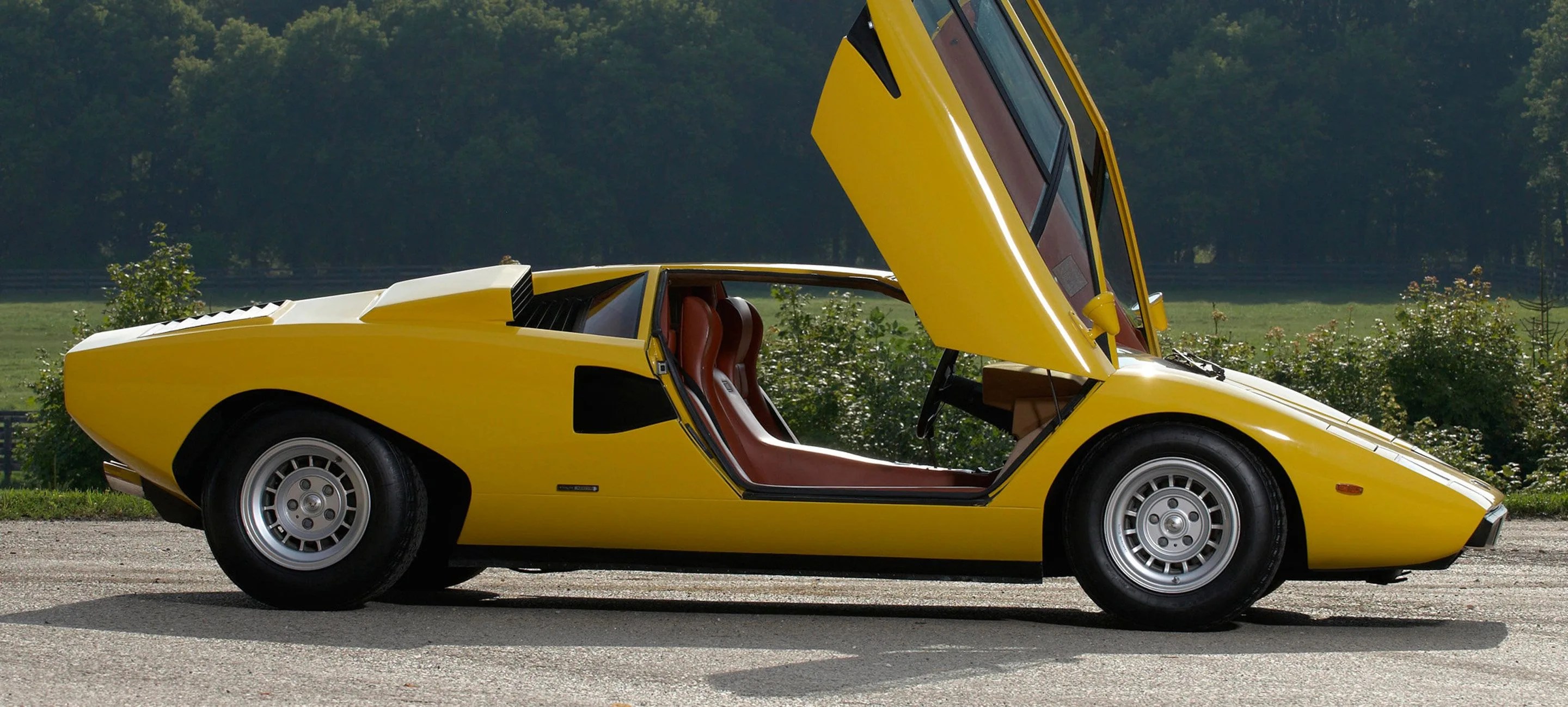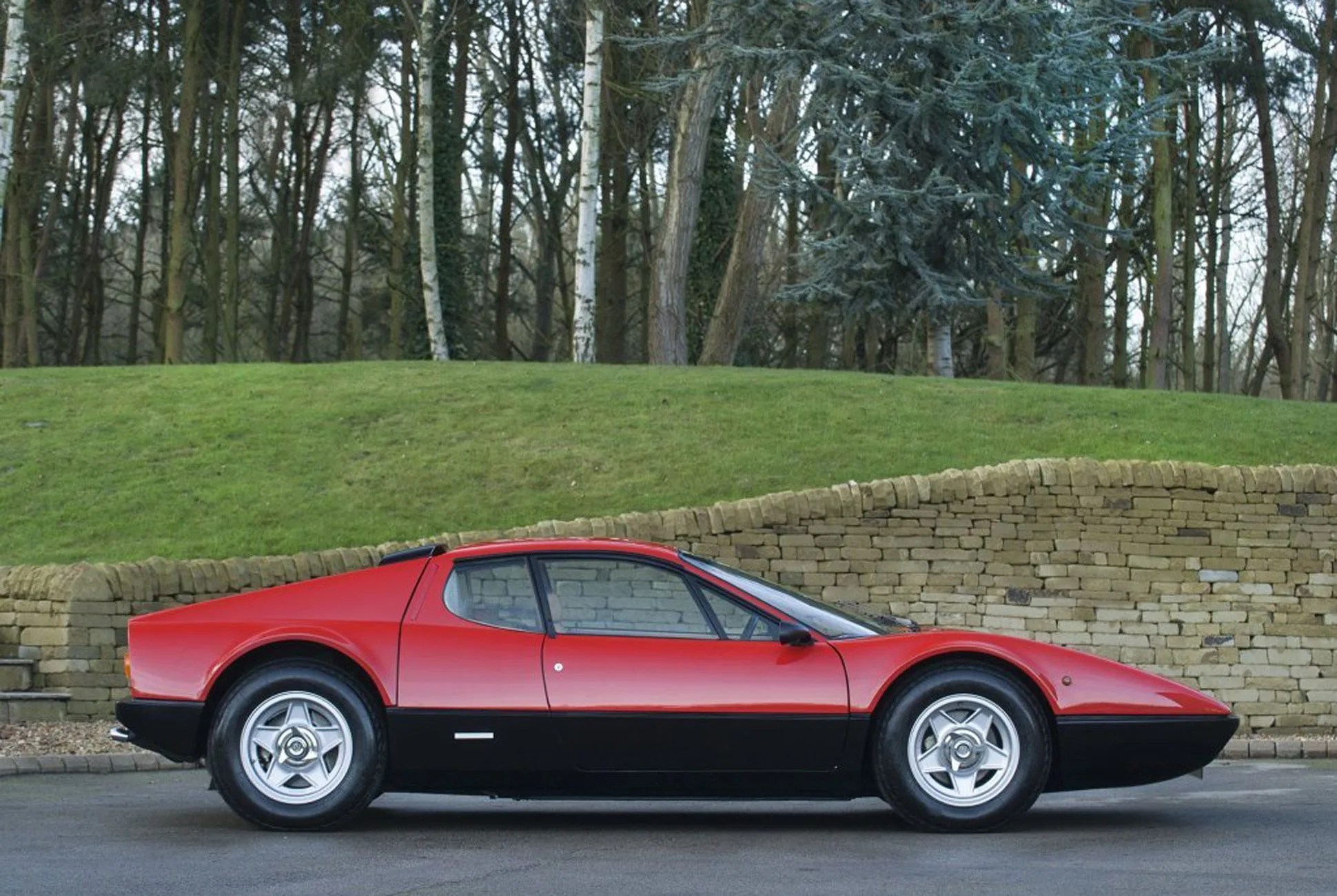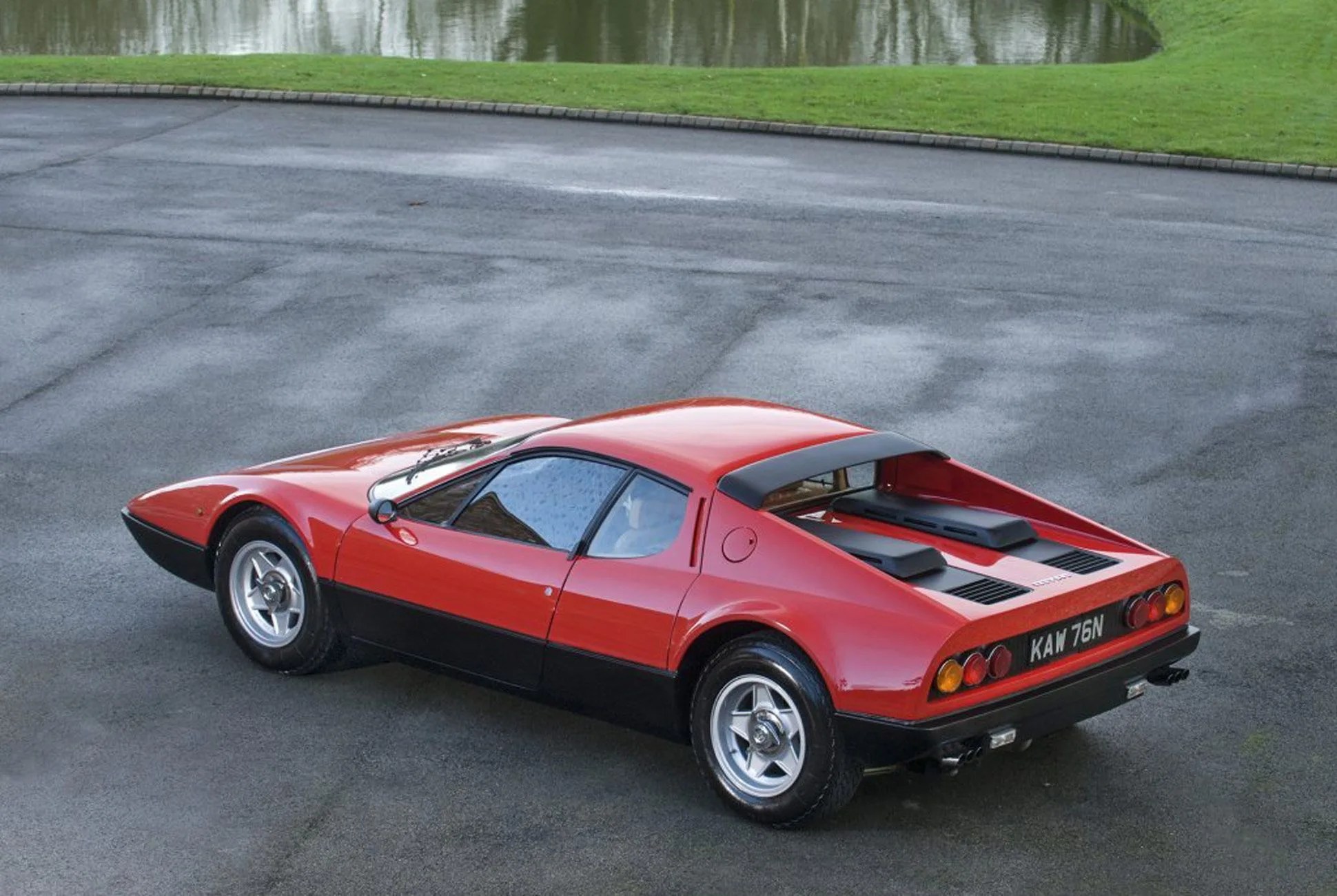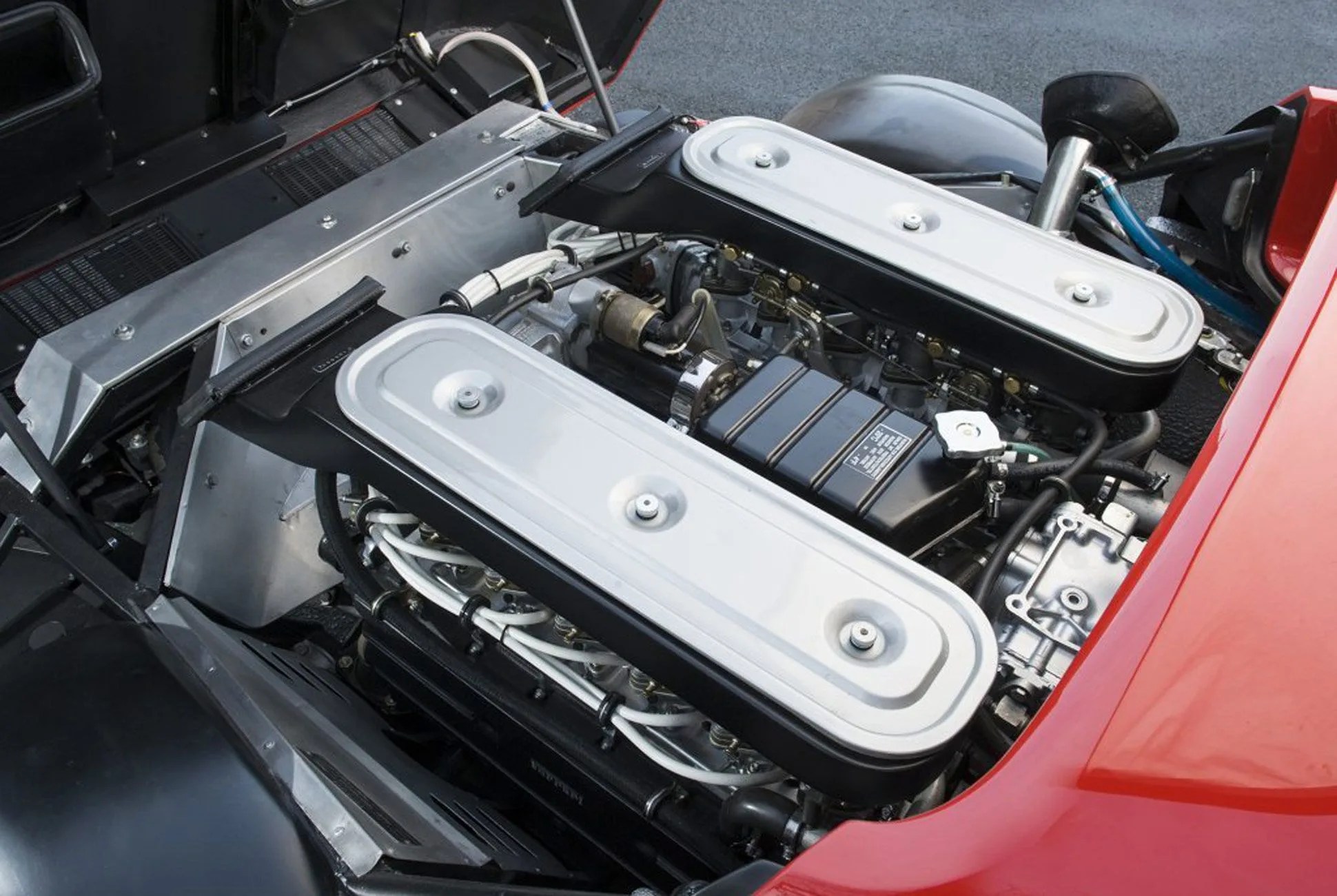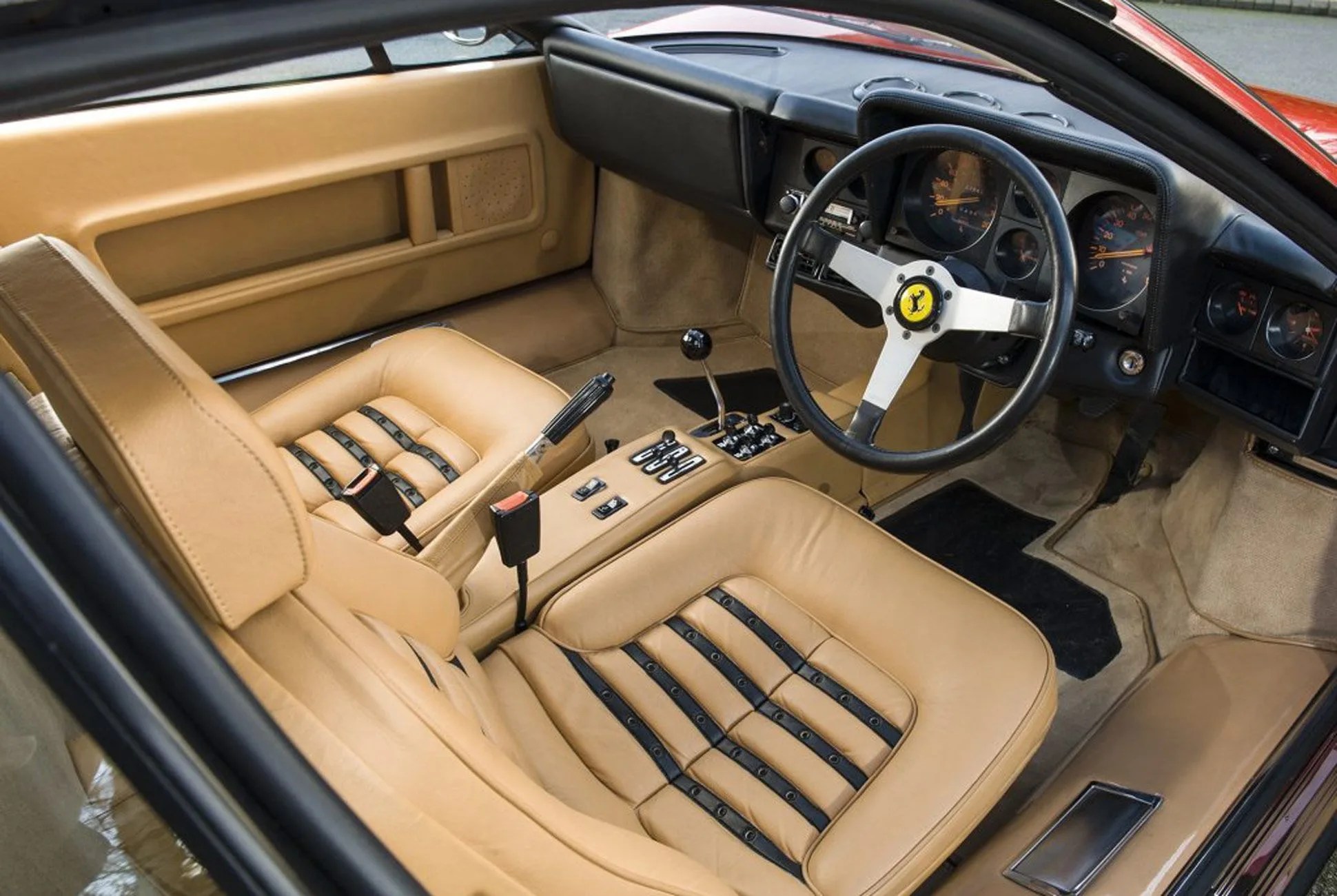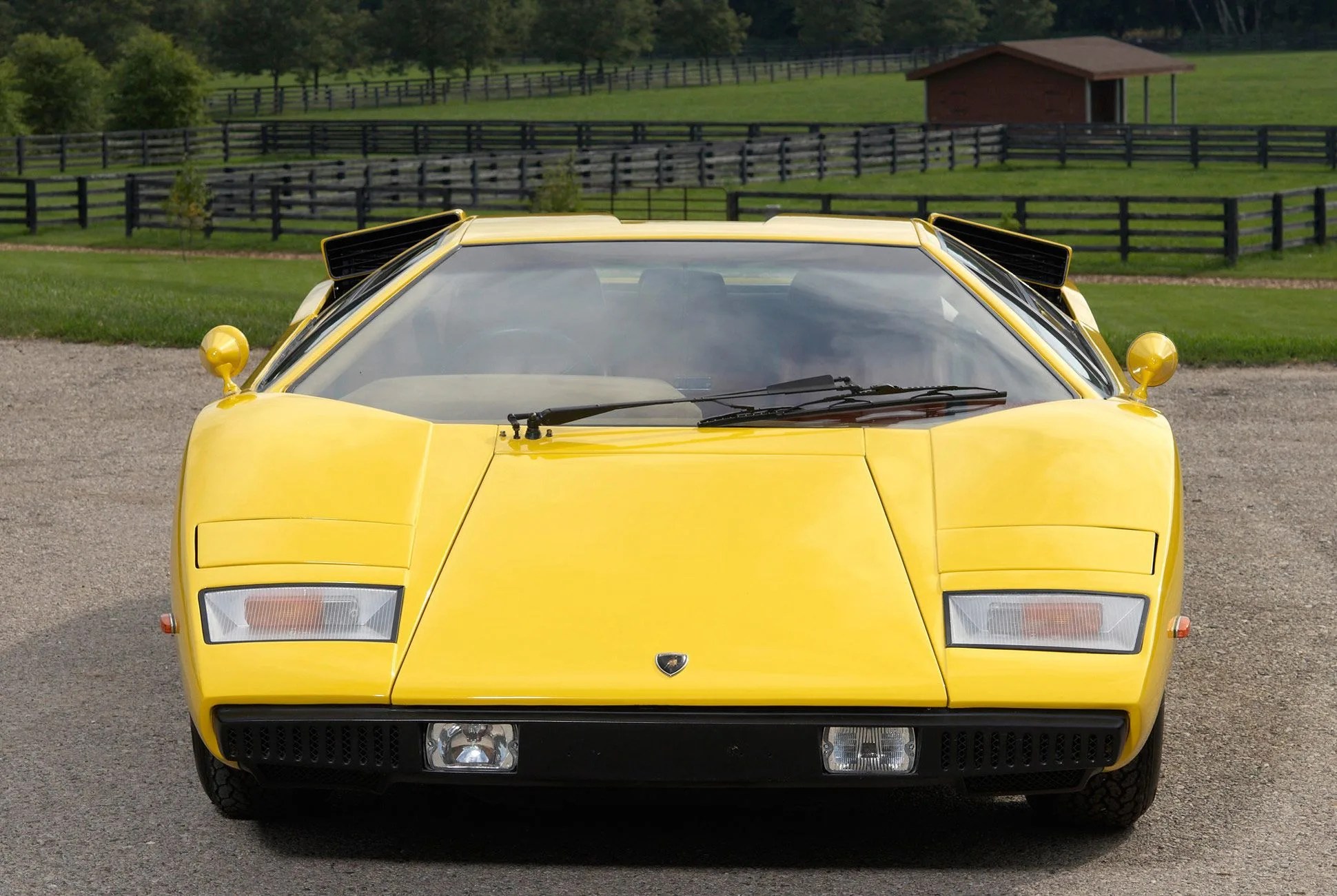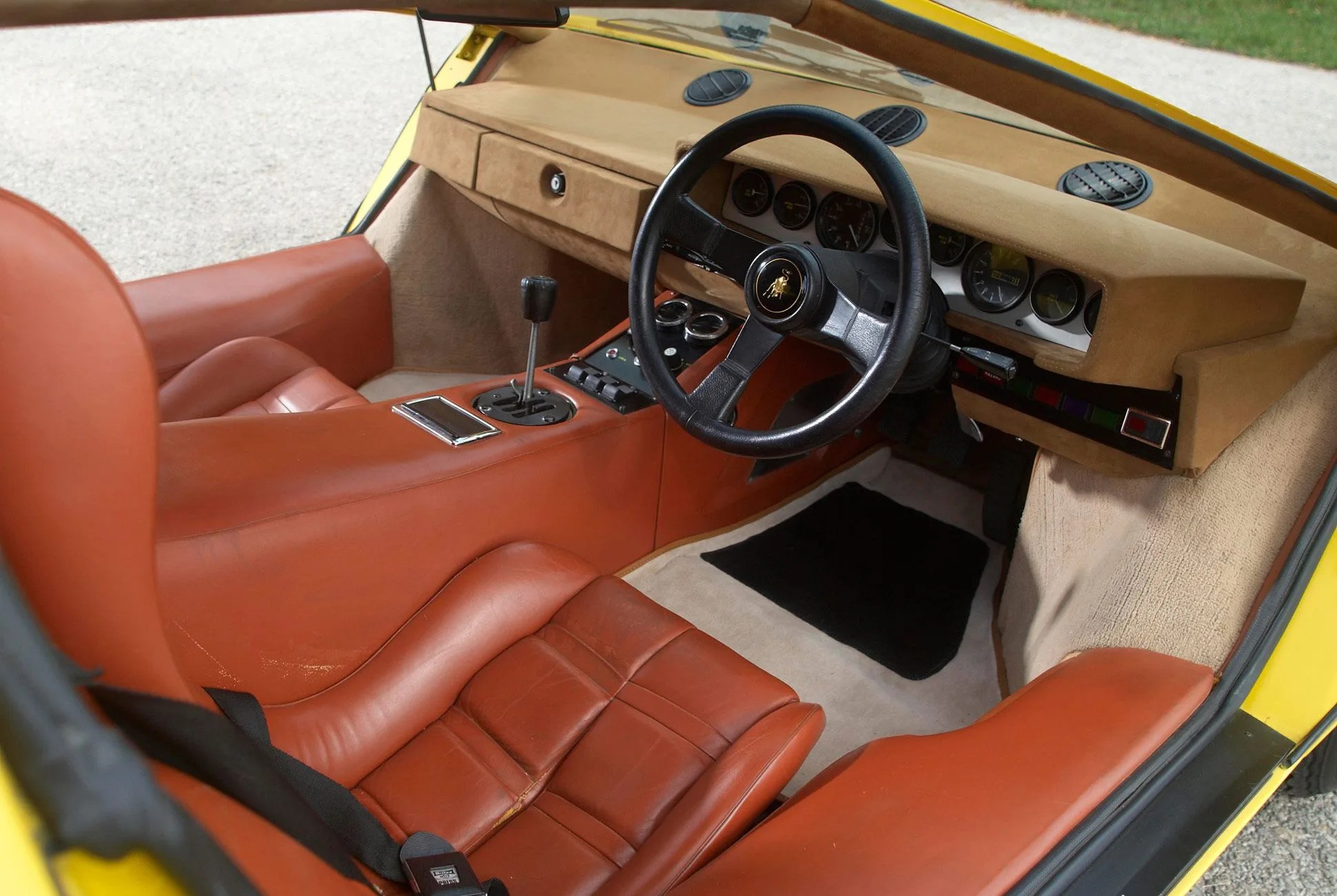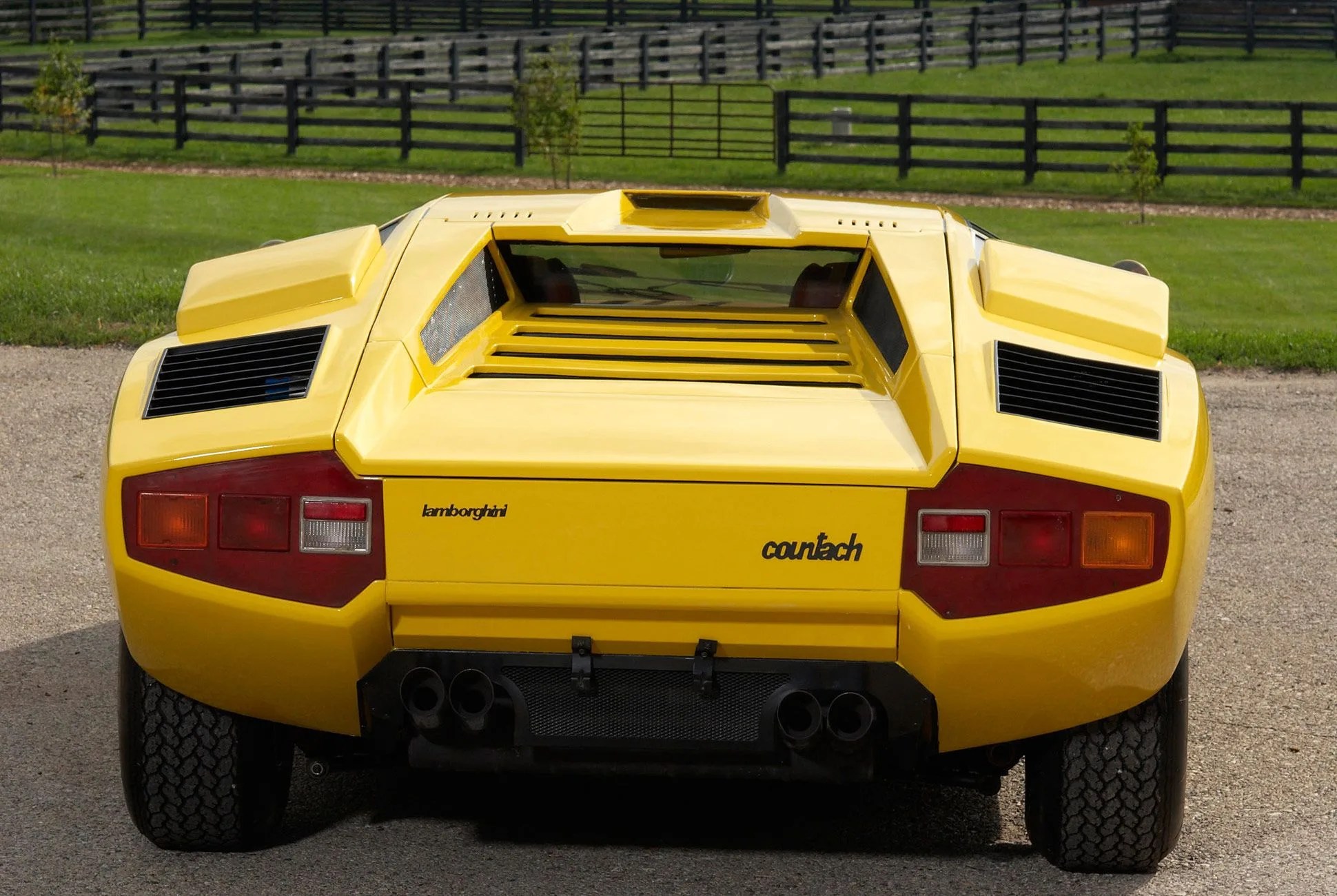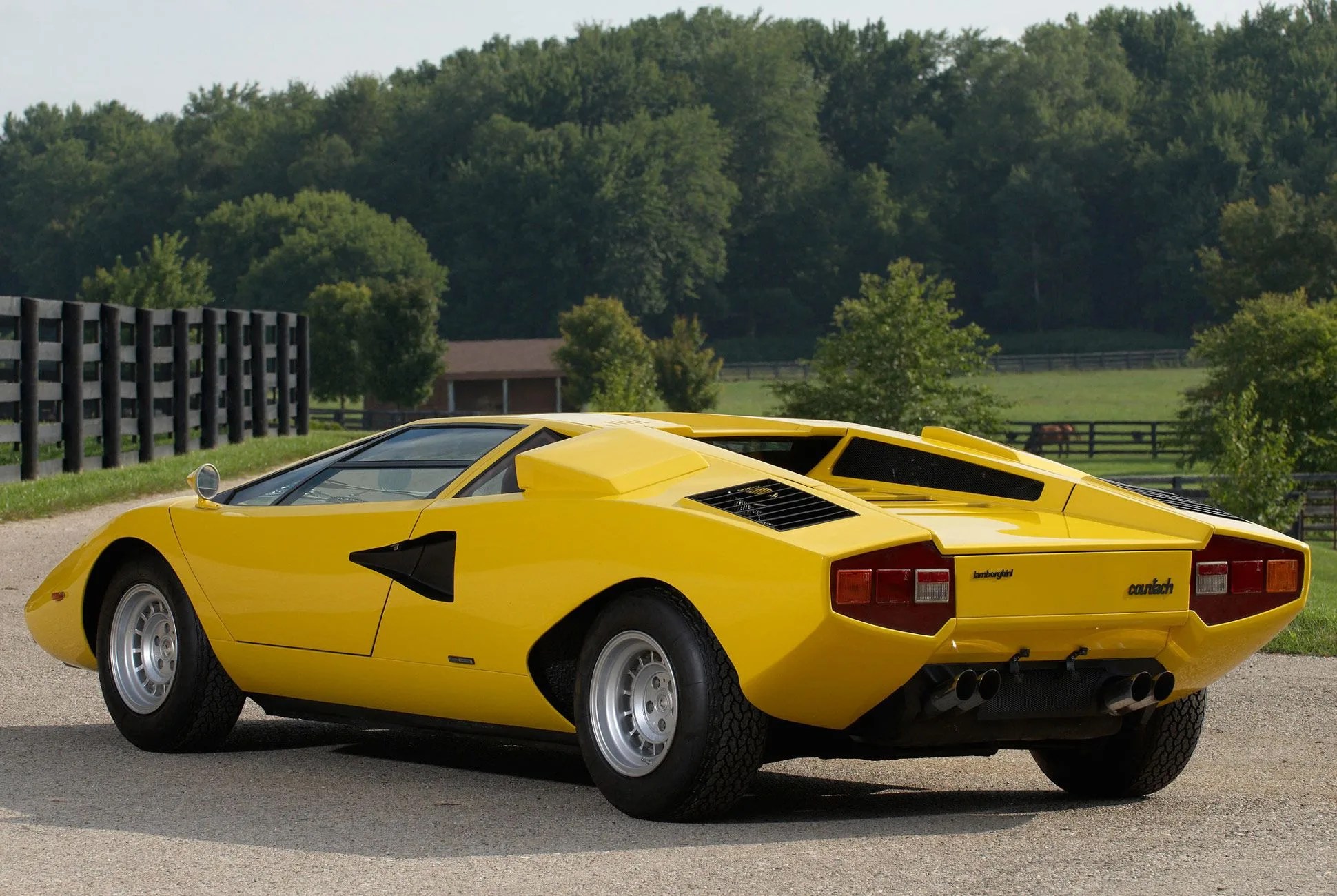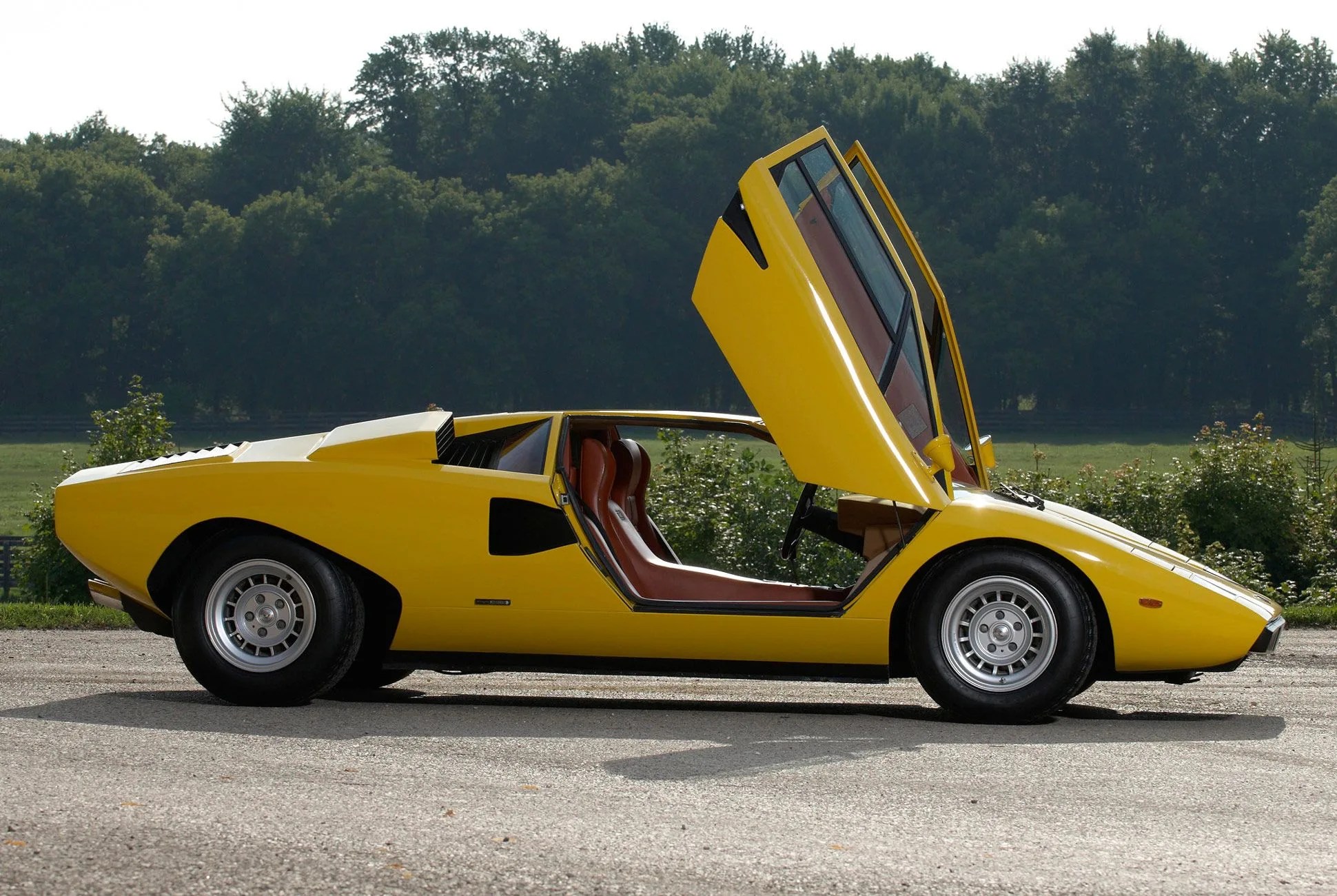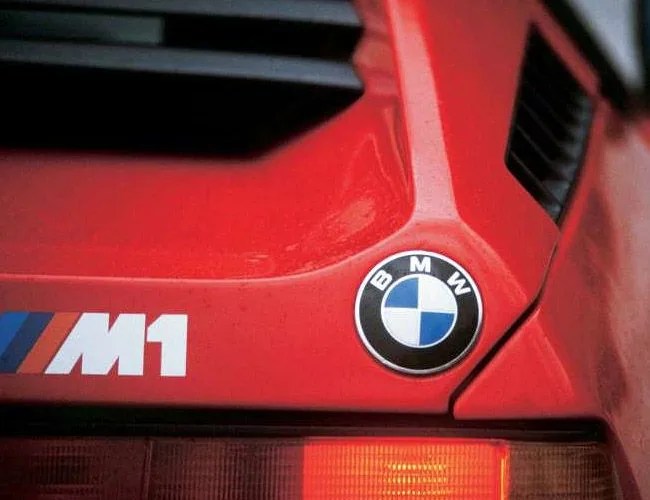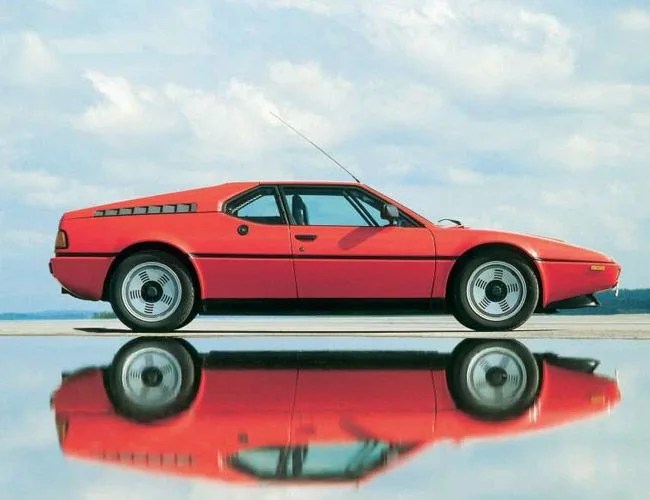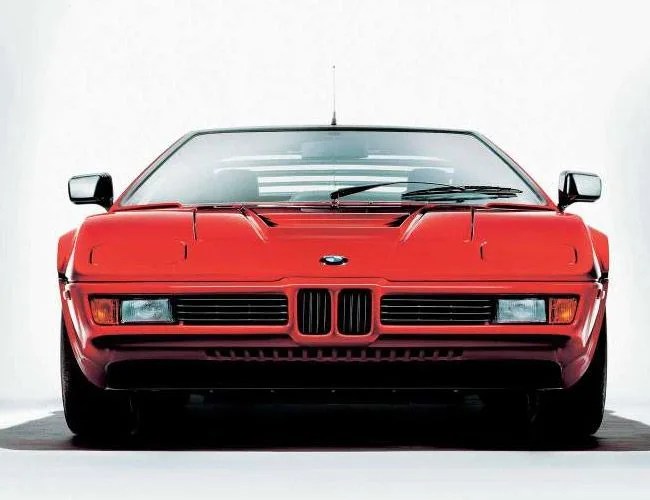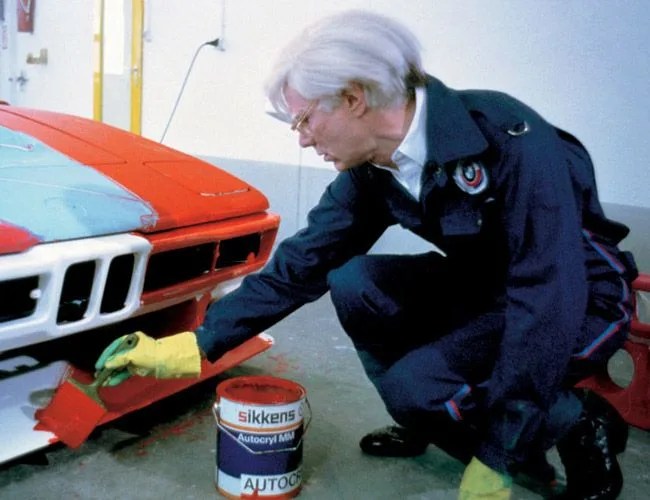Editor’s Note: Are we at “peak supercar?” Leading industry voices think so. If the current Holy Trinity — Ferrari LaFerrari, McLaren P1, and Porsche 918 — are indeed the peak, it’s time to look back down at base camp, and see how far we’ve come. This limited series will take a brief look at the supercars that defined each era, one decade at a time, beginning with the birth of the supercar in the ’50s.
Despite a global energy crisis, the supercar seemed to hit its stride by the mid-’70s. Manufacturers relied less on racing regulations and homologation numbers for excuses to make mind-bending road cars. Though there was still a transfer of technology from the race track to the street, compared to the ’60s predecessors horsepower figures plateaued — since the world was basically starving for fuel, that was inevitable anyhow.
Supercars from the ’70s really left a mark in history with their revolutionary design. Yes, performance and handling figures were still coveted, but Italian design houses went crazy. Gone were the hand-molded curves of the ’50s and ’60s, replaced by facets, edges and wedge silhouettes that dominated automotive design for nearly the next 20 years.
1973 365 GT4 Ferrari Berlinetta Boxer
4 photos
There would be no LaFerrari without the 365 GT4 Berlinetta Boxer. It was the first Ferrari to bolt a 12-cilynder in the middle of the car, and it almost never came to be at all. Mid-engined cars proved to be the obvious choice to win Formula 1 or Le Mans races, but Enzo Ferrari was initially against changing the architecture of his cars (from front- to mid-engine), for fear of the customers being unable to handle the performance. Considering that Lamborghini beat Ferrari to the mid-engine punch with the Miura and incoming Countach — and thanks to a few persuasive engineers — Enzo conceded. The first 365 BB’s engines were V12s from the Ferrari 365 Daytona, reengineered to be an 180-degree flat 12, similar to Ferrari’s F1 cars of the time.
Engine: 4.4-liter Flat-12
Horsepower: 375
Top Speed: 188 mph
Original MSRP: $19,695
Current Estimated Value: $580,000+
Notable Owners: Giovanni Agnelli, Shah of Iran Mohammad Reza Pahlavi, Clint Eastwood, Nick Mason, Elton John
